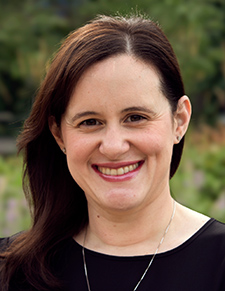With legislation set to be voted upon imminently, Minnesota is racing toward a reversal of hard-fought improvements to the teacher licensure system, impacting nearly 800 teachers, a disproportionate number of whom are teachers of color, amidst rampant teacher shortages.
HF1224/SF1477 would eliminate the pathway to permanent licensure for educators with demonstrated success as Tier 2 licensed teachers (defined as three years of experience and a positive summative evaluation), thus making a master’s degree in the content area, completing a teacher preparation program, or being currently enrolled in a preparation program the only way to stay in the profession regardless of a school’s need or the teacher’s impact.
This year, the first year possible, 99 teachers took advantage of this pathway to advance from a Tier 2 to a Tier 3 teaching license. Seventeen of them were teachers of color, and 25% of all current Tier 2 license holders are teachers of color. To some, these numbers may seem small, but in a state where less than 6% of teachers identify as people of color, every teacher matters.
Research confirms that both white and BIPOC students benefit socially, emotionally and academically when learning from diverse educators. Eliminating the only route to licensure that doesn’t require enrolling in a traditional prep program or navigating the arduous portfolio process will undoubtedly force teachers of color out of the classroom, undermining efforts to increase teacher diversity and weakening the educational experience of all Minnesota’s children. And while bill authors have amended the legislation to “grandfather in” (a term rooted in racism) the licensure status of current Tier 2 educators, this does nothing to protect future teacher candidates who might have entered the profession were this avenue to remain open. If the teachers who came through the program are good enough to keep, why shouldn’t we maintain this important pathway, which we know is more likely to be used by educators of color, open for the next generation of teachers?
How did we get here?
In 2016, the Office of the Legislative Auditor, the agency responsible for strengthening accountability and promoting good government management, declared the teacher licensure system broken. The resulting tiered licensure system overseen by the Professional Educator Licensing and Standards Board (PELSB), created only five years ago through bipartisan compromise and hard work, finally did away with arbitrary barriers, instead offering effective teachers clear pathways to enter and stay in the classroom. This system respects school leaders and seasoned educators as professionals, considers the variety of skills, experiences and expertise that contribute to great teaching, and most importantly, values impact on students above bureaucracy.

Like any complex system, Minnesota’s current teacher licensure system isn’t perfect. Rather than rashly eliminating the years of experience pathway now, we have an opportunity to build upon its existing strengths. If the Legislature really thinks the system isn’t working, then it should create a commission to propose reforms, but unwinding the current system without an alternative, during a teacher shortage, is the wrong decision and will undermine progress to fill critical teaching shortages and increase teacher diversity.
Paula Cole is the executive director of Educators for Excellence-Minnesota.

0 Commentaires